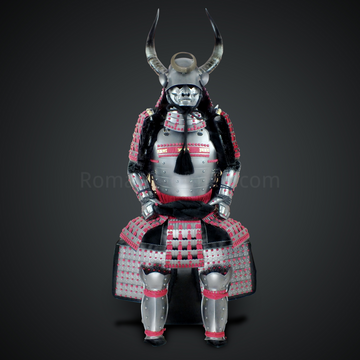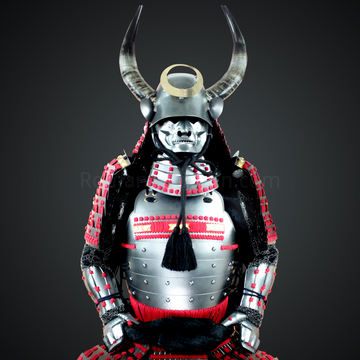Ko-Nuka Hada in Japanese Katana terminology
What is Ko-Nuka Hada in Japanese Katana terminology?
Ko-Nuka Hada or 小糠肌 in Japanese, refers to a type of pattern on the surface of the ground iron (jigane) of a Japanese sword. The term ""Ko-Nuka Hada"" literally translates to ""small rice bran skin"", which describes the appearance of the pattern that resembles the texture of fine rice bran.
This pattern is characterized by a finely packed forging skin (Kitae Hada) with small, evenly distributed Nie (hard, white particles that form in the steel during the hardening process) on the surface. This results in a moist appearance, similar to the texture of small Mokume Hada (wood grain skin).
Ko-Nuka Hada is often seen in the works of swordsmiths who are considered to be the top class in the Hizen tradition. The Hizen tradition is one of the major traditions of Japanese swordsmithing, known for its high-quality swords. Because of this, Ko-Nuka Hada is also referred to as ""Hizen Hada"".
When describing the ground iron (jigane) of swords in the Hizen tradition, the term ""Ko-Nuka Hada"" is often used. This pattern is a testament to the skill and craftsmanship of the Hizen swordsmiths, and it is one of the distinctive features that set Hizen swords apart.







